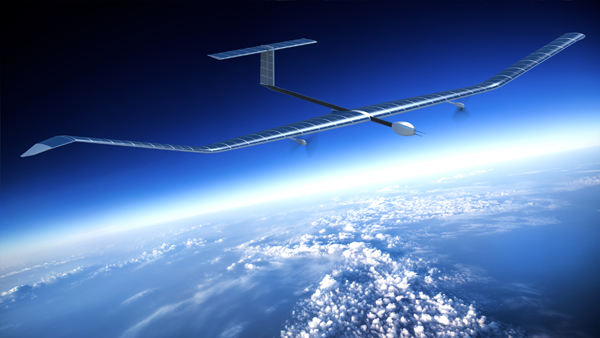The UK Ministry of Defence has exercised an option for the manufacture and operation of a third Zephyr-S Unmanned Aerial Vehicle (UAV), as part of a £13m contract with Airbus Defence and Space (Airbus DS).
The third Zephyr-S will join the two previously ordered by the MOD in February. The three UAVs will form part of an Operational Concept Demonstrator (OCD) to assess Zephyr’s capabilities and explore its potential for use by the UK Armed Forces and other Government departments. The additional Zephyr-S will allow 2 airframes to be tested simultaneously and demonstrate operational handover to show that the capability could be sustained indefinitely. The OCD trials will be held in 2017.
Flying at some 65,000ft, the ultra-lightweight Zephyr S High Altitude Pseudo-Satellite (HAPS) is capable of providing persistent surveillance or communications over the same area of land or sea for weeks at a time without landing. The Zephyr S will be delivered ready for flight trials in summer 2017.
Running exclusively on solar power and flying above the weather and civil air traffic, the latest-generation Zephyr S has a wingspan of 25m, is 30% lighter and can carry 50% more batteries than its predecessor. This enables the Zephyr S to carry heavier payloads for its surveillance and communications roles.
As well as for military purposes, Airbus DS is promoting the Zephyr for humanitarian missions, precision farming, environmental and security monitoring, and to provide internet coverage to regions of poor or zero connectivity.
Airbus has two variants of the Zephyr designed to accommodate a variety of payload capacities. Zephyr S is the name of the production variant of the Zephyr 8 vehicle. The larger size of the Zephyr T (Twin) vehicle enables it to accommodate payloads with masses up to 20kg and continuous power in excess of 300W. The two variants share common avionics, software, power systems, propulsion design and command and control and aero-structural design and elements.

